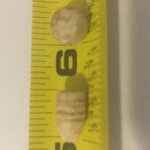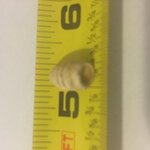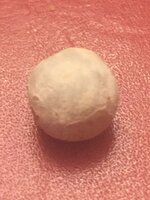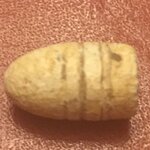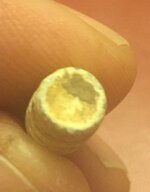Pinball
Sr. Member
- Dec 18, 2014
- 287
- 328
- Detector(s) used
- Garrett AT Pro
- Primary Interest:
- Metal Detecting
I was hoping someone here could give me an idea of the age of these two items. I don't even know if the round one is a musket ball so I guess we could start there  Thanks
Thanks
 Thanks
Thanks

